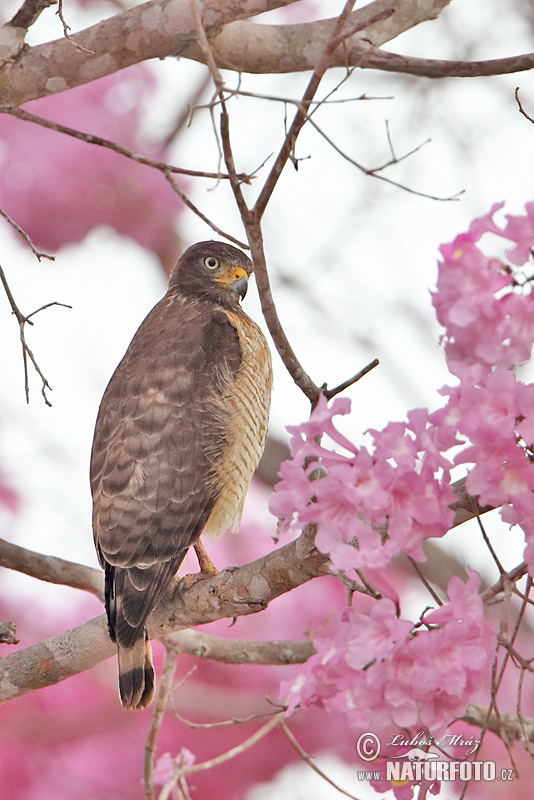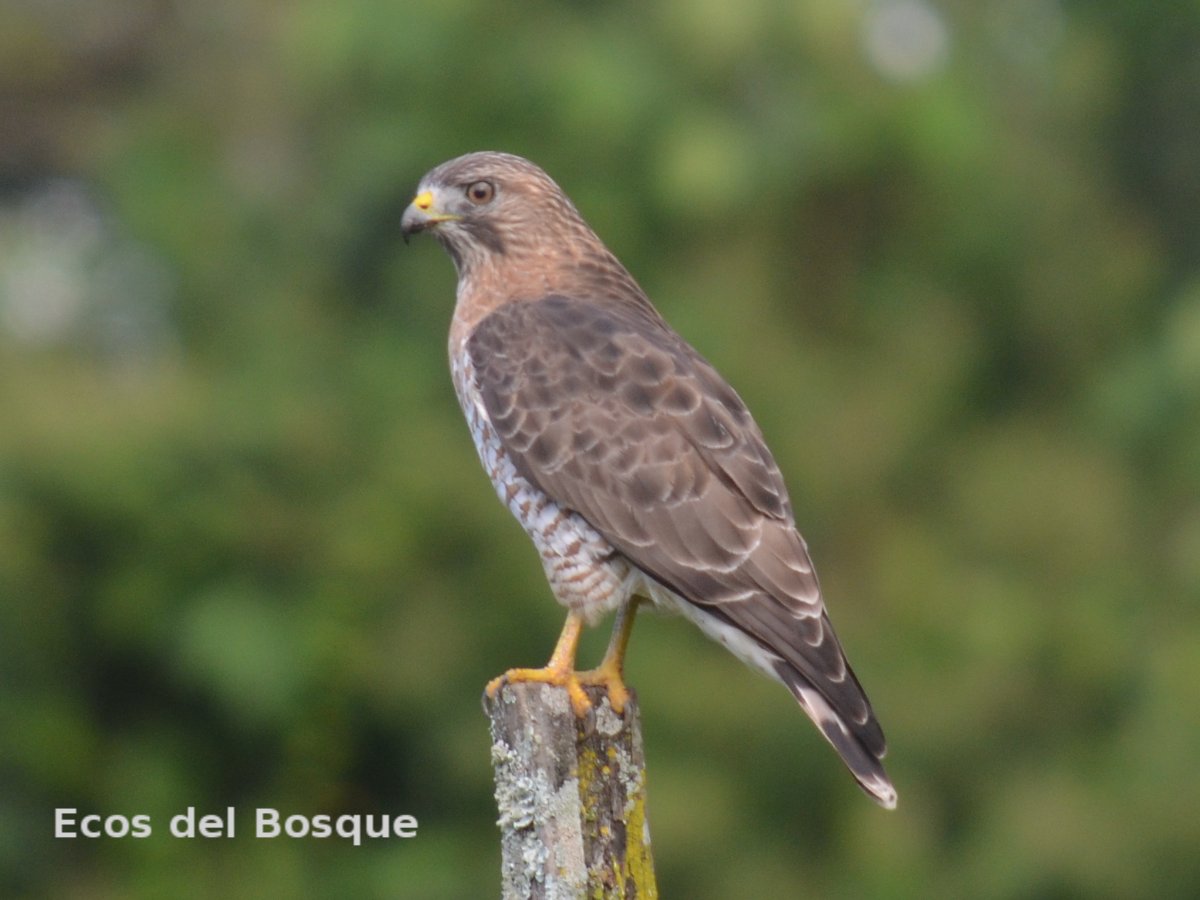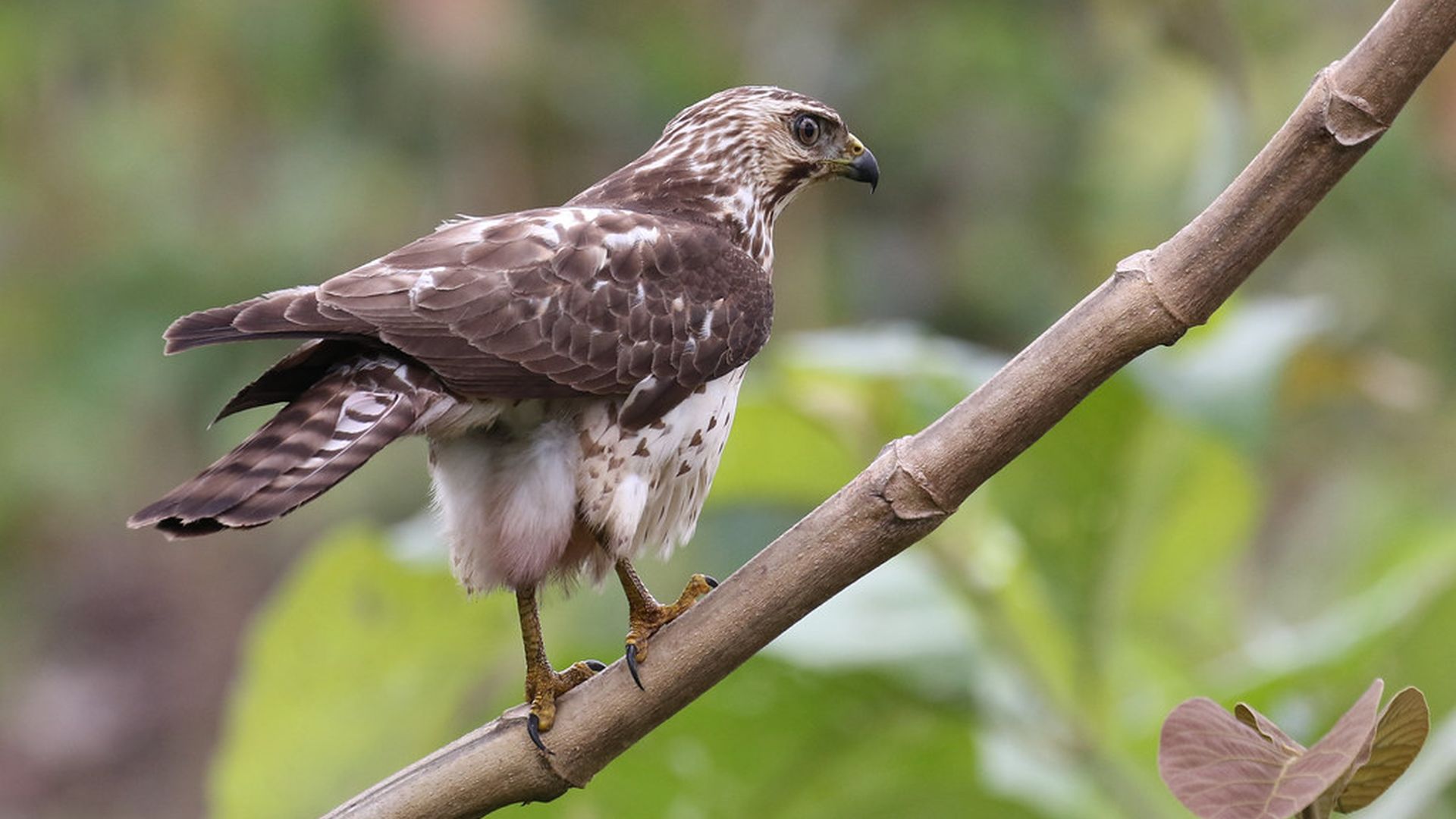The Buteo Platypterus Rivieri: A Glimpse Into The Lesser Antilles' Winged Hunter
Share
The Buteo platypterus rivieri, commonly known as the Broad-winged Hawk, is a fascinating bird of prey that inhabits the Lesser Antilles, particularly from Dominica to St. Lucia. This subspecies, first described by Verrill in 1905, showcases the rich avian diversity of the Caribbean region. In this article, we will explore the taxonomy, physical characteristics, habitat, diet, behavior, reproduction, and conservation status of this remarkable bird.

Taxonomy
The Buteo platypterus rivieri belongs to the order Falconiformes and the family Accipitridae. It is classified under the suborder Falcones and the subfamily Buteoninae. The species name, Buteo platypterus, refers to its broad wings, while the subspecies name, rivieri, honors its discovery in the Caribbean. This classification places the Broad-winged Hawk among other raptors known for their soaring abilities and adaptability to various habitats.
Physical Characteristics
The Broad-winged Hawk is a medium-sized raptor, typically measuring between 35 to 43 cm in length. It exhibits a distinctive plumage that varies between individuals. Adult birds generally have a brownish upper body with a lighter, streaked breast and a white belly. The wings are broad and rounded, which is characteristic of the Buteo genus. Juveniles, on the other hand, display more mottled brown and white feathers, making them appear more camouflaged in their natural environment.

Habitat
The Buteo platypterus rivieri primarily inhabits forested areas, including subtropical and tropical forests, as well as open woodlands. It is often found near water bodies, such as rivers and wetlands, where it can hunt for prey. The lush vegetation of the Lesser Antilles provides ample cover and nesting sites, making it an ideal habitat for this species.
Diet
As a bird of prey, the Broad-winged Hawk has a varied diet that mainly consists of small mammals, birds, and reptiles. It employs a hunting strategy that involves soaring high in the sky to spot potential prey from above. Once it identifies a target, it swoops down with remarkable speed and agility. This hunting technique is not only efficient but also showcases the hawk's impressive aerial skills.

Behavior
The Broad-winged Hawk is known for its migratory behavior, with many individuals traveling long distances between breeding and wintering grounds. During the breeding season, they are often seen soaring in thermals, displaying their aerial prowess. They are generally solitary birds, but during migration, they may form large flocks, which can be a spectacular sight for birdwatchers.
Reproduction
Breeding typically occurs in the spring, with pairs engaging in elaborate courtship displays. The female builds a nest, usually in a tall tree, using sticks and other plant materials. She lays two to four eggs, which both parents incubate for about 30 days. Once hatched, the chicks are dependent on their parents for food and protection until they fledge, usually around 6 to 7 weeks of age.

Conservation Status
The conservation status of the Buteo platypterus rivieri is currently classified as Least Concern by the IUCN. However, habitat loss due to deforestation and urbanization poses a threat to its population. Conservation efforts aimed at preserving natural habitats and promoting sustainable land use practices are essential to ensure the survival of this beautiful raptor.

Birdwatching Tips
For birdwatchers eager to observe the Broad-winged Hawk, the best time to spot them is during migration in the spring and fall. Look for them soaring high in the sky or perched on tall trees near water bodies. Areas with dense forests and open spaces are ideal locations for sightings. Binoculars and a good field guide can enhance the experience, allowing enthusiasts to appreciate the beauty and grace of this magnificent bird.
The Buteo platypterus rivieri is not just a bird of prey; it is a vital part of the ecosystem in the Lesser Antilles. Its role as a predator helps maintain the balance of local wildlife populations. Observing this hawk in its natural habitat is a reminder of the intricate connections within nature and the importance of preserving these environments for future generations.